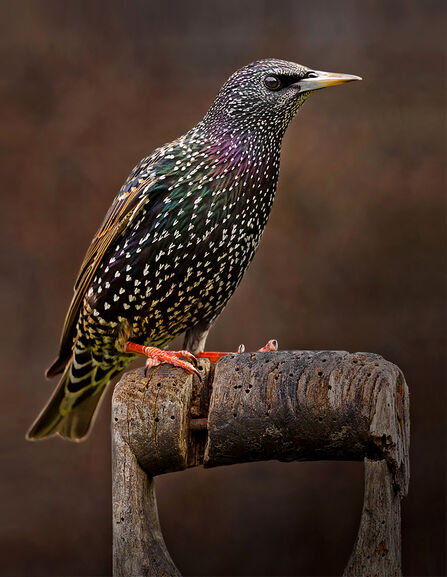Cold winter evenings might not seem like the best time to see nature, but a trip to your local starling roost might change your mind!
Starlings are an easily overlooked garden bird. Starlings appear dark brown or black from a distance. Up close, starlings have stunning green and purple iridescence and white tipped feathers. Iridescence is when feathers refract light at different angles to reflect different colours. This is possible due to a crystalline structure within the feathers. Iridescence has evolved four separate times in birds. Many different species have iridescent feathers but scientists still don’t know why. It’s possible that colourful displays help to attract mates or help to tell species apart.



